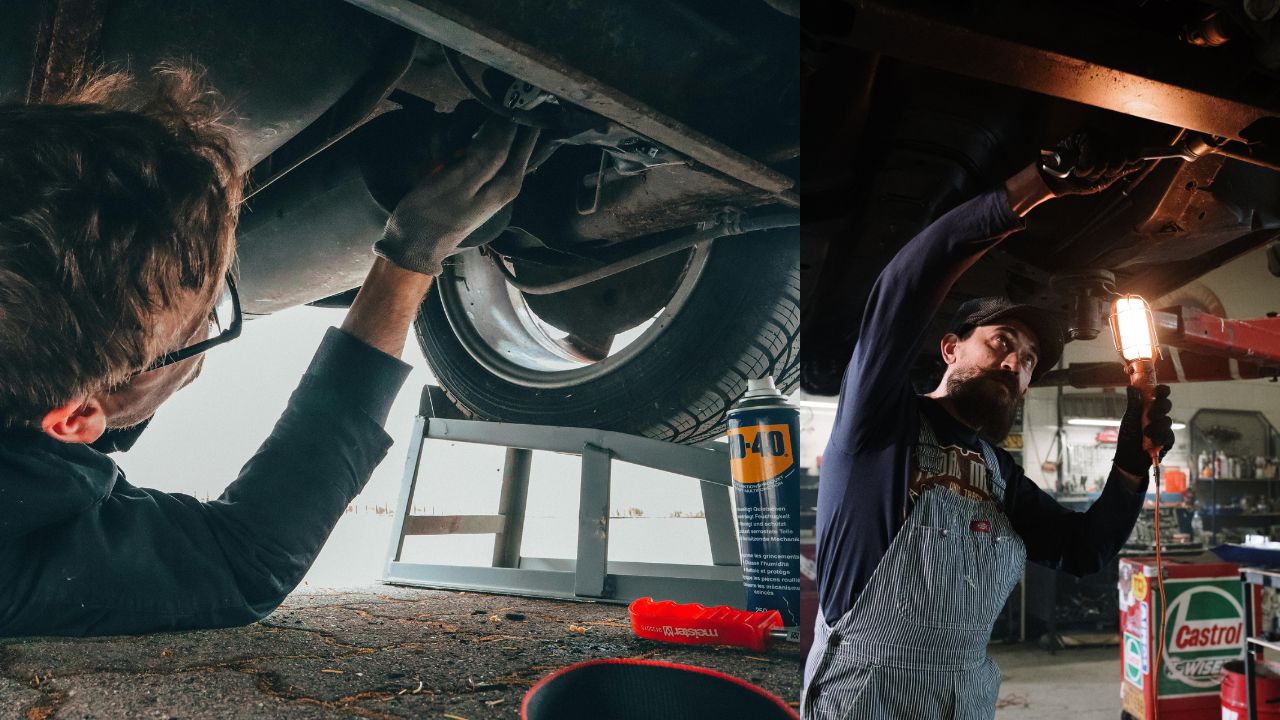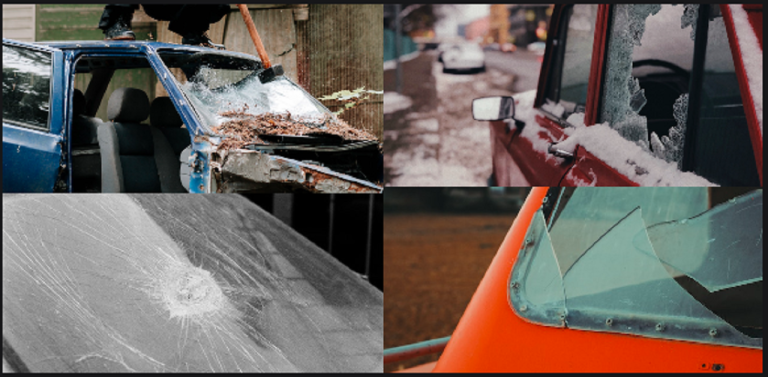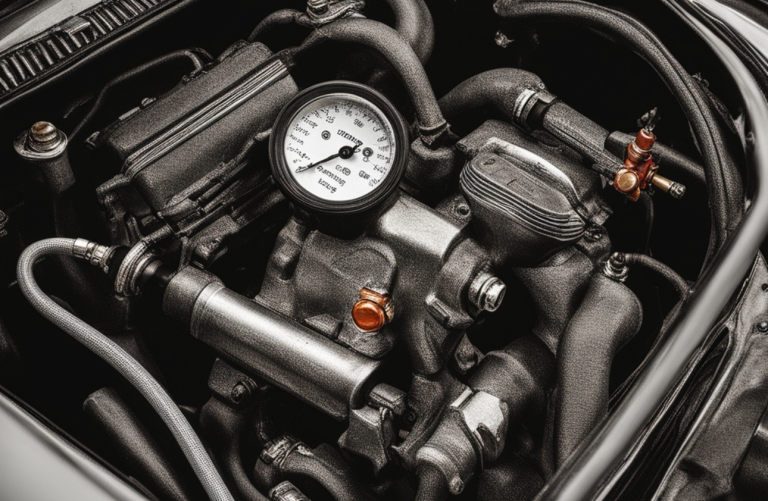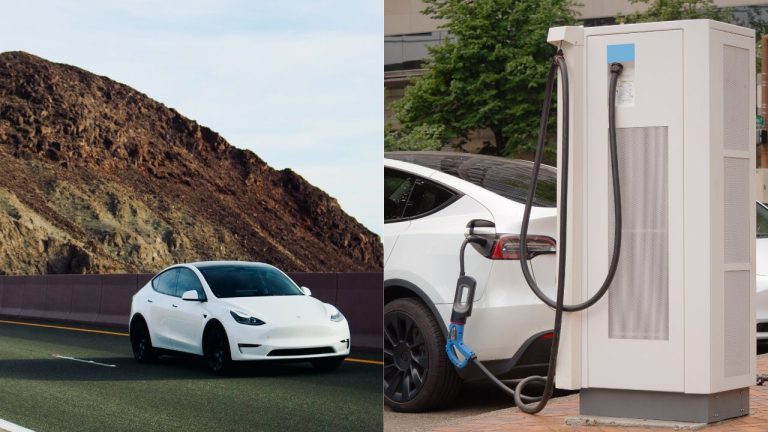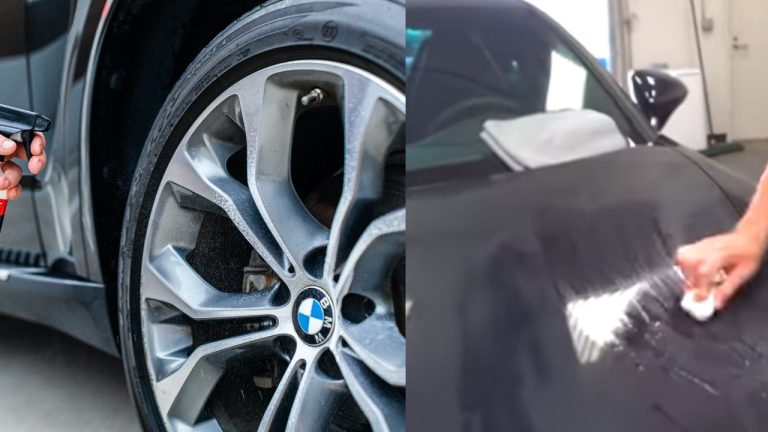To check for a carbon monoxide leak in your car, use a carbon monoxide detector. Simply place the detector inside your car and check for any readings of carbon monoxide.
Common Symptoms To Look Out For
Spotting a carbon monoxide leak in your car can be life-saving. Keep an eye out for common symptoms like headaches, dizziness, nausea, and fatigue, and ensure regular maintenance to prevent any harmful situations. Stay safe on the road!
| Common symptoms to look out for: |
| Headaches and dizziness: Carbon monoxide leaks in a car can lead to frequent headaches and unexplained dizziness. These symptoms may be more noticeable when the vehicle is running, particularly in enclosed spaces such as the garage. If you experience persistent headaches or dizziness, it is important to consider the possibility of a carbon monoxide leak. |
| Nausea and vomiting: Another common symptom of carbon monoxide exposure in a car is nausea and vomiting. If you often feel sick or experience sudden episodes of vomiting while inside your vehicle, it could be a sign of a carbon monoxide leak. |
| Fatigue and weakness: Carbon monoxide poisoning can lead to feelings of extreme fatigue and weakness. If you find yourself unusually tired or lacking energy even after getting sufficient rest, it is important to consider the possibility of a carbon monoxide leak in your car. |
How To Identify Carbon Monoxide In Your Car
In order to ensure your safety while driving, it is important to be aware of potential carbon monoxide leaks in your car. One simple way to prevent the buildup of carbon monoxide is to crack open the windows for ventilation. This allows fresh air to circulate and help disperse any harmful gases.
Additionally, utilizing a carbon monoxide detector can provide an extra layer of protection, as it will alert you if there are any dangerous levels of carbon monoxide present in your car. These detectors are especially helpful in detecting odorless and colorless gases. Be sure to place the detector in a location where it can easily be seen and heard. Lastly, paying attention to strange odors inside your car can be an indication of a carbon monoxide leak. If you notice any unusual smells, it is important to address the issue immediately by seeking professional help. Your safety on the road should always be a top priority.
Faulty Exhaust System
One important thing to check when searching for a carbon monoxide leak in your car is the condition of the exhaust system. The exhaust system is designed to carry harmful gases away from the engine and out of the vehicle. However, a faulty exhaust system can become a source of carbon monoxide leaks.
One common issue to look out for is cracks or holes in the exhaust pipe. Over time, the pipe can corrode or develop cracks, creating an opportunity for carbon monoxide to escape. Another possible culprit is a damaged muffler or catalytic converter. Both of these components can become damaged due to normal wear and tear or accidents.
Regularly inspecting these parts of your car’s exhaust system and addressing any issues promptly can help prevent carbon monoxide leaks and ensure your safety on the road.
Issues With The Heating System
One common problem that can lead to a carbon monoxide leak in a car is a malfunctioning heater core. The heater core is responsible for distributing heat into the vehicle’s cabin. If it becomes damaged or starts malfunctioning, it can release carbon monoxide into the car.
Another issue to watch out for is leaking coolant. A coolant leak can cause the heater core to malfunction and subsequently lead to a carbon monoxide leak. It is important to regularly check for signs of coolant leaks, such as puddles of fluid under the car or a sweet smell inside the cabin. If these issues are not addressed promptly, they can pose a serious risk to the occupants of the vehicle. Regular inspections and maintenance of the heating system can help prevent carbon monoxide leaks.
Exhaust Fumes Entering The Car
In order to check for a carbon monoxide leak in a car, it is important to be aware of the potential risk of exhaust fumes entering the vehicle. One way to minimize this risk is to open the windows or sunroof while idling. By allowing fresh air to circulate, the chances of carbon monoxide buildup can be reduced.
Additionally, it is crucial to avoid parking in enclosed or poorly ventilated areas as this can increase the likelihood of exhaust fumes entering the car. Regular maintenance of the vehicle’s exhaust system is also essential to ensure proper functioning and minimize the risk of leaks. Staying vigilant to any signs of a carbon monoxide leak, such as a strong odor or physical symptoms like dizziness or headaches, is vital for the safety of both the driver and passengers.
Regular Maintenance And Inspections
Regular maintenance and inspections are crucial for ensuring the safety and performance of your car. When it comes to carbon monoxide leaks, it is important to pay attention to the exhaust system and coolant levels.
The exhaust system should be checked for any signs of damage or corrosion. This includes inspecting the muffler, exhaust pipes, and catalytic converter for any cracks or holes. Any damage to these components can lead to carbon monoxide leaks.
In addition to checking the exhaust system, maintaining proper coolant levels is essential. The coolant helps regulate the temperature of the engine and prevents it from overheating. If the coolant levels are too low, it can lead to engine damage and increase the risk of carbon monoxide leaks.
Regularly checking the exhaust system for damage and ensuring proper coolant levels are maintained can help prevent carbon monoxide leaks in your car, ensuring the safety of both you and your passengers.
Avoiding Potential Sources Of Carbon Monoxide
Avoiding potential sources of carbon monoxide is crucial for the safety of both you and your passengers. One key step is to never leave your car running in a closed garage. Carbon monoxide can accumulate to dangerous levels in an enclosed space, leading to serious health issues or even death.
Additionally, it is important to be cautious when using aftermarket accessories in your car. These accessories may not comply with safety standards and can potentially emit carbon monoxide. Checking the compatibility and safety of such accessories is essential to prevent any potential leak. Regularly inspecting your car’s exhaust system and maintaining proper ventilation can also help in detecting and preventing carbon monoxide leaks.
Remember, carbon monoxide is a silent killer, so stay vigilant and take necessary precautions to protect yourself and your loved ones.
Immediate Actions To Take If Carbon Monoxide Leak Is Suspected
To check for a carbon monoxide leak in your car, it is important to take immediate actions. If you suspect a leak, the first step is to exit the vehicle and get fresh air to avoid further exposure. Carbon monoxide is a colorless and odorless gas, making it difficult to detect without proper equipment.
Once you are in fresh air, it is crucial to seek medical attention if you or anyone in the vehicle is experiencing symptoms such as dizziness, headache, nausea, or confusion. These symptoms may indicate carbon monoxide poisoning, which can be life-threatening if not addressed promptly.
Conclusion
Ensuring your car is free from carbon monoxide leaks is essential for your safety and the well-being of your passengers. By following these simple steps, you can effectively check for any potential leaks and take appropriate actions to prevent harmful exposure.
Regular maintenance and awareness are key to ensuring the air inside your vehicle remains clean and free from this dangerous gas. Stay vigilant and prioritize your health by regularly monitoring your car for carbon monoxide leaks.

